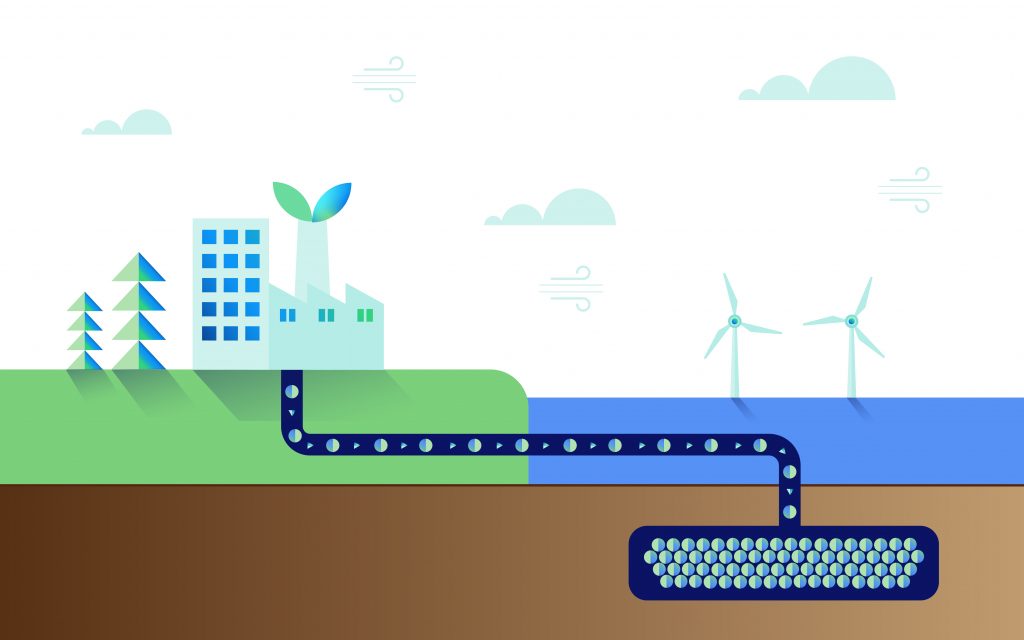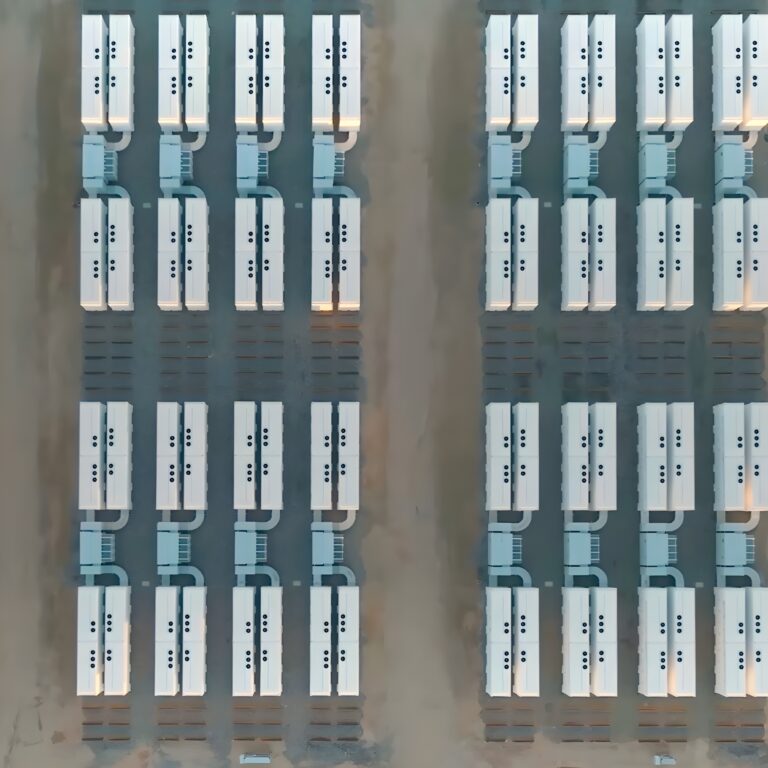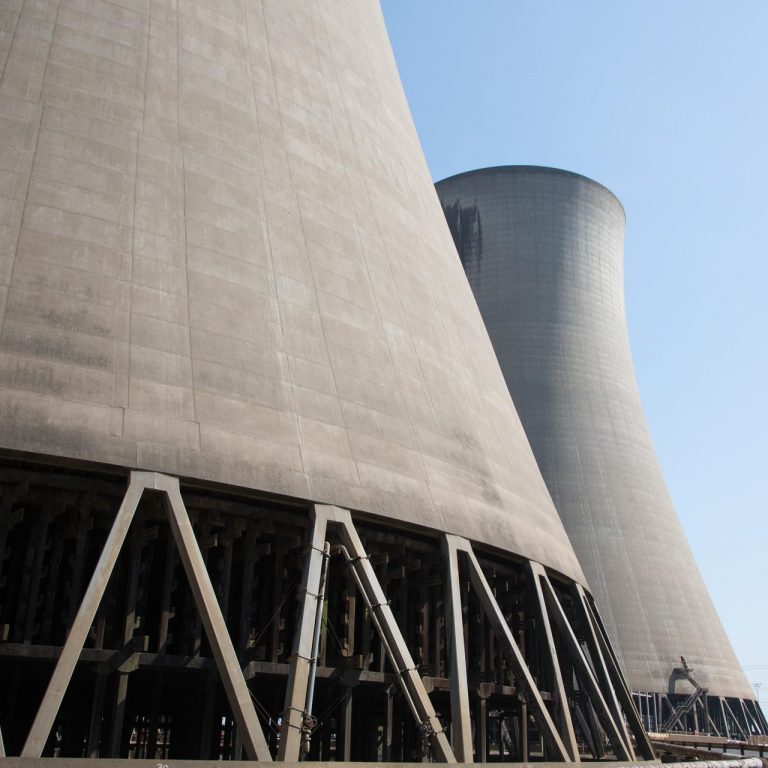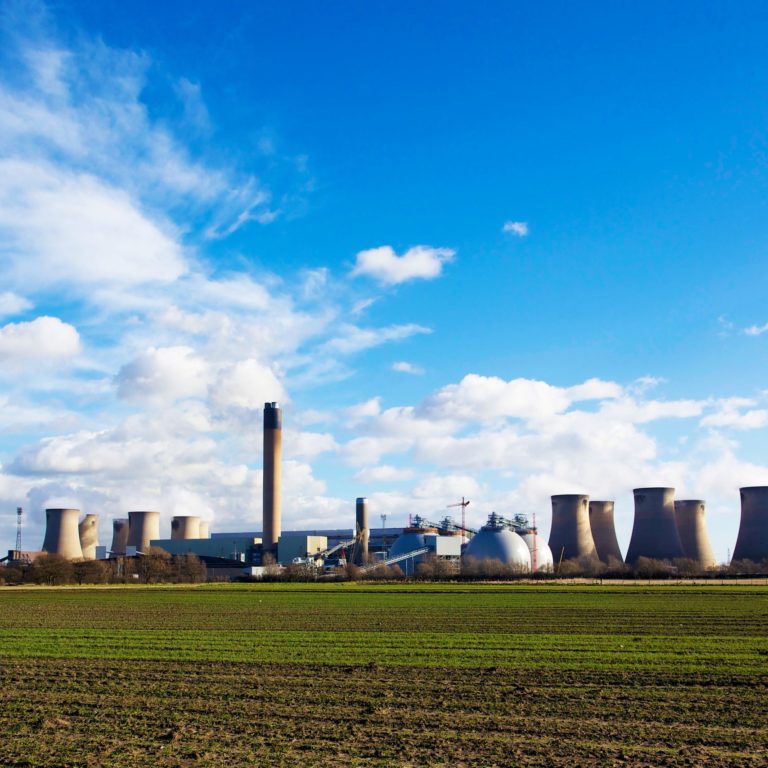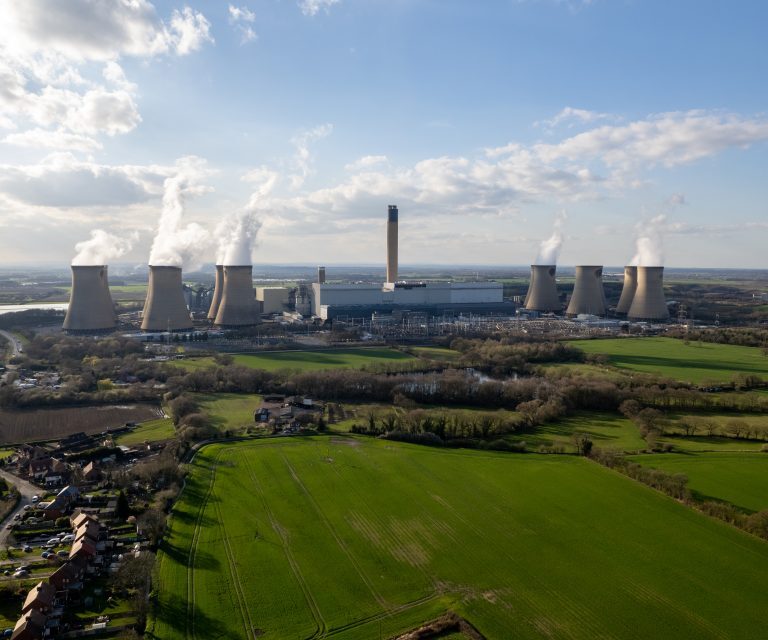Carbon storage is the process of capturing and trapping that CO2. This can occur naturally in the form of carbon sinks like forests, oceans, and soils that store carbon. However, it can also be manually carried out through technology.
One of the most well-established ways of storing carbon through the use of technology is by injecting CO2 into naturally occurring geological formations that can lock in or sequester the molecule on a permanent basis. Carbon storage is the final phase of the carbon capture, usage, and storage (CCUS) process.
Why do we need to store carbon?
Global bodies like the UN’s Intergovernmental Panel on Climate Change (IPCC), as well as the UK’s own Climate Change Committee, emphasise carbon capture and storage as crucial to achieving net zero emissions and meeting the Paris Agreement’s goal of limiting temperature rises to within 1.5oC.
This includes supporting forest growth through afforestation and reforestation, and other nature-based solutions to store carbon, alongside CCUS technology.
The European Commission also highlights CCUS’s role in balancing increased energy demand and continued fossil fuel use in the future, with the need to reduce greenhouse gas emissions and prevent them entering the atmosphere.
How is carbon captured and transported to storage?
In naturally occurring examples, forests and ocean fauna absorb carbon through photosynthesis. When the vegetation eventually decomposes the carbon is sequestered into soil and seabeds.
Carbon can also be captured from emissions sources such as factories or power plants. The carbon is captured either pre-combustion, where it is removed from the fuel source, or post-combustion, where it is removed from exhaust fumes in the form of CO2.
The CO2 is then converted into a supercritical state where it has the viscosity of a gas but the density of a liquid, meaning it can travel more easily through pipelines. It can also be transported via trucks and ships, but pipelines are the most efficient.

Where can carbon be stored?
Natural carbon sinks differ all over the world, from peatlands in Scotland to Pacific coral reefs to the massive forests that cover countries like Russia, Canada, and Brazil. Wooden buildings also act as carbon storage as they maintain the carbon within the wood for long time periods.
The CO2 captured by manmade technologies can also be stored in different types of geological formation: unused natural gas reserves, saline aquifers, and un-minable coal mines.
The North Sea, with its expansive layers of porous sandstone, also offers the UK alone an estimated 70 billion tonnes of potential CO2 storage space.
If negative emissions technologies (which actively remove emissions from the atmosphere) were to capture and store the equivalent amount of CO2 as the 258 million tonnes expected to remain in the UK economy in 2050, it would take up just 0.36% of the available storage space.
Years of research by the oil and gas industries mean many such geological structures have been mapped and are well understood all around the world.
Carbon storage fast facts
- The International Energy Agency (IEA) estimates that an accumulative 100 billion tonnes (or 100 gigatonnes) of CO2 must be stored by 2060 to limit global warming to a 2oC increase
- Globally, peatland soils contain more than 600 gigatonnes of carbon, exceeding the carbon stored in all other vegetation types including the world’s forests
- The United States Geological Survey estimates the country has a mean storage potential of 3,000 gigatonnes of CO2
- More than 98% of injected CO2 will remain stored for over 10,000 years
- Over 25 million tonnes of captured carbon was permanently stored in sites across Brazil, Norway, and the United States in 2019
How is the carbon kept in place?
In nature-based carbon sinks the carbon does not always remain in one location. In a forest, for example, trees and plants will hold carbon until the end of their lifetime after which they decompose, releasing some CO2 into the atmosphere while some is sequestered into soil.
When CO2 captured through CCUS is stored several things can happen to it in a geological storage site. It can be caught in the minute intervening spaces within the rock through capillary action, or trapped by a layer of impermeable cap-rock, which prevents it from moving upwards.
CO2 may also dissolve in the water and then sinks as it is heavier than normal water. The carbonated water reacts with basaltic rocks which cover most of the ocean floor. The reaction releases elements like calcium, magnesium, and iron into the water stream. Over time, these elements combine with the dissolved CO2 to form stable carbonate minerals that permanently fill pores within the rock.
How does CO2 enter the storage sites?
The CO2 is injected into the porous rocks of depleted or unused natural gas or oil reserves, as well as saline aquifers – geologic strata, filled with brine or saline water. Porous rock is filled with holes and gaps between the grains that make up the rock. When CO2 is injected into these structures, the CO2 floods the pores, displacing the brine or remnants of oil and gas. It then spreads out and is trapped in the dome-like structures of the rock strata called anticlines.
How long can CO2 be stored?
Appropriately selected and maintained geological reservoirs are “very likely” to retain 99% of sequestered carbon for more than 100 years and are “likely” to retain 99% of sequestered carbon for more than 1,000 years, according to the 2005 Special Report on CCS by the IPCC. Another study by Nature found that more than 98% of injected CO2 will remain stored for over 10,000 years.
In natural carbon sinks, the length of time that carbon is stored varies and depends on environments being preserved. Peatland, for example, builds up over thousands of years storing carbon. However, as peatlands degrade from attempts to drain them to create arable land, as well as peat extraction for fuel, they begin to emit CO2. The lifecycle of a tree by contrast is relatively short before it decomposes and releases some CO2 back into the atmosphere.
The ability for geological storage to contain CO2 for millennia means it can truly remove and permanently store emissions.
Go deeper
- The history of carbon and how its removal can transform industries and help reverse climate change
- Why carbon capture is pivotal to hitting climate goals
- What is carbon capture and storage?
- Carbon capture and storage in the context of the British Isles
- What are the challenges of storing CO2 in geological formations?







